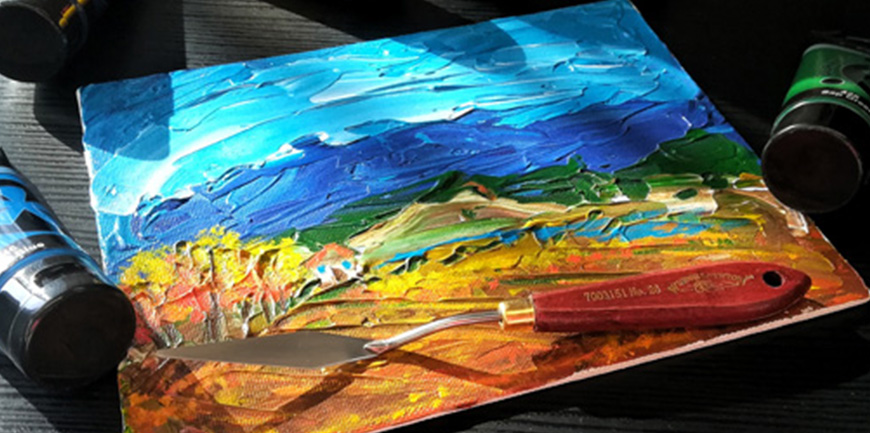
How can we smash this thing called the artist’s block into a thousand pieces and then use those same pieces to create a masterpiece?

How can we smash this thing called the artist’s block into a thousand pieces and then use those same pieces to create a masterpiece?
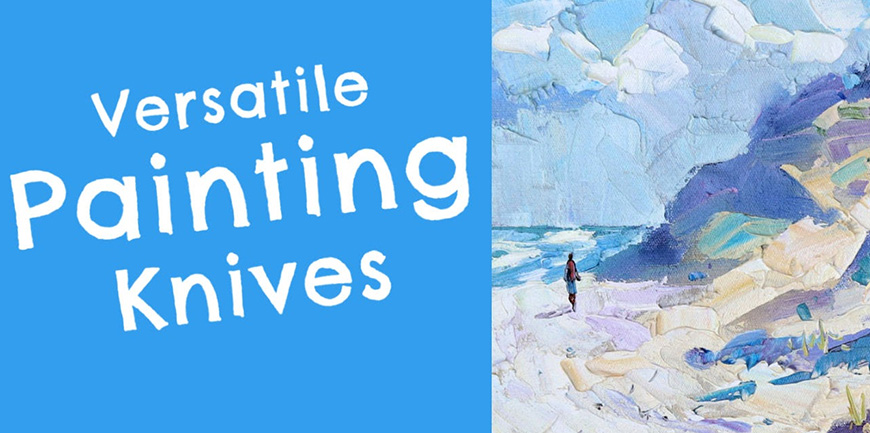
The humble painting knife has experienced a resurgence in popularity in the past year or two. Paintings completed with a painting knife have a wonderful texture and energy that many collectors find irresistible.
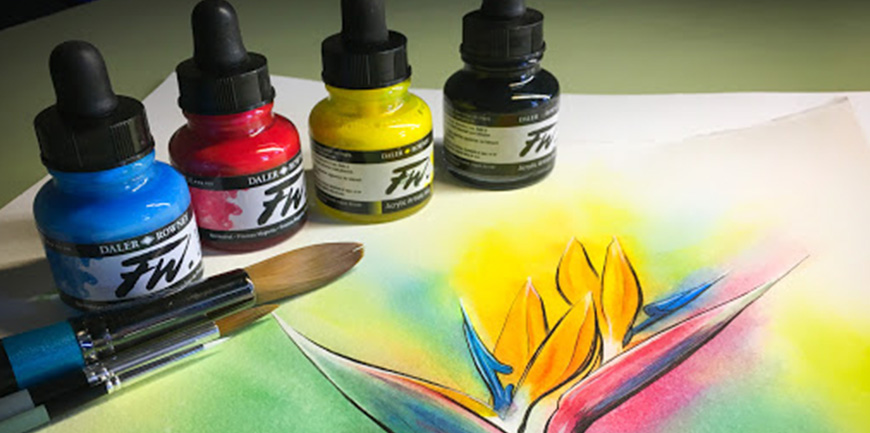
Firstly let’s get the CMYK acronym out into the open – it stands for Cyan, Magenta, Yellow and Black. Yes, I know ‘black’ is with a ‘B’ so why not CMYB? Well, ‘B’ is already used for ‘Blue’ in RGB, so it would be confusing. The ‘K’ apparently stands for Key (or perhaps its just the last letter of black… who knows). CMYK is the standard in the printing industry, and pretty much most of what you see these days, by way of printed media, is CMYK. Anyone who’s ever owned a colour inkjet printer is sure to recall buying ink cartridges in those four colours, with which you could print almost anything – even full-colour photographs.
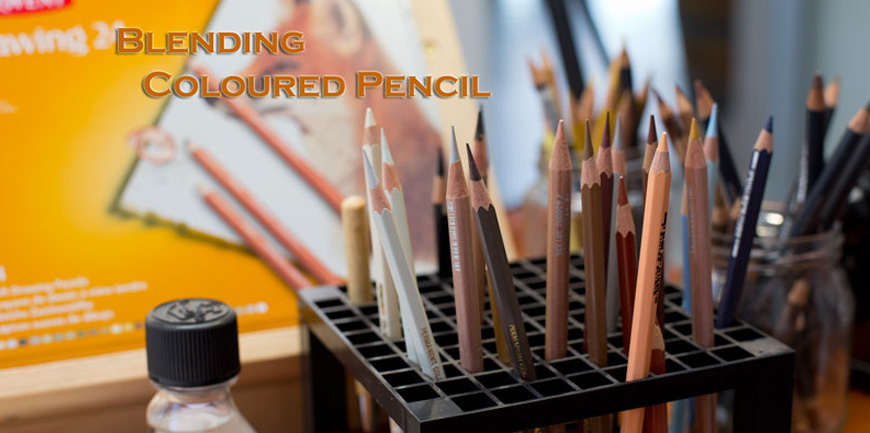
Coloured Pencil seems like a medium anyone should be able to master quite easily. It is – aside from crayons – most probably one of the first mediums you were introduced to as a child. It’s simple right – buy a set of 120 colours (how many can one possibly need anyway), get a good quality paper and TADA! You are all set to be a coloured pencil genius.
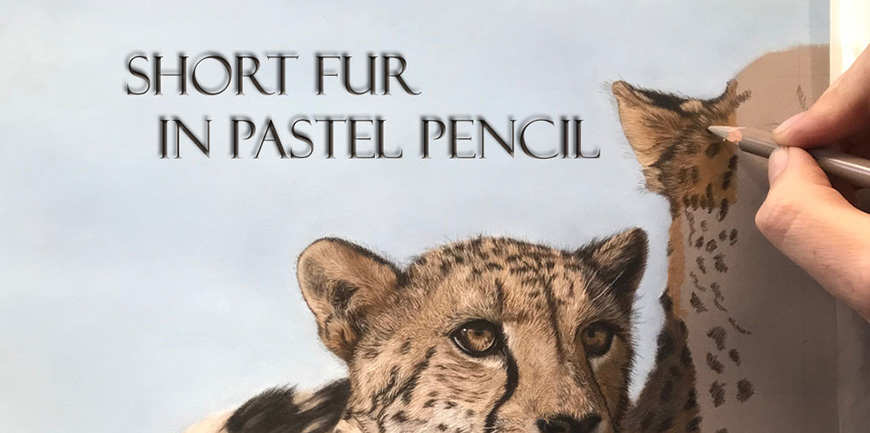
It’s probably the scariest three-letter word out there if you are just starting out in drawing realistic animals. I remember looking at fur and thinking it couldn’t be too hard. Just a bunch of lines right?
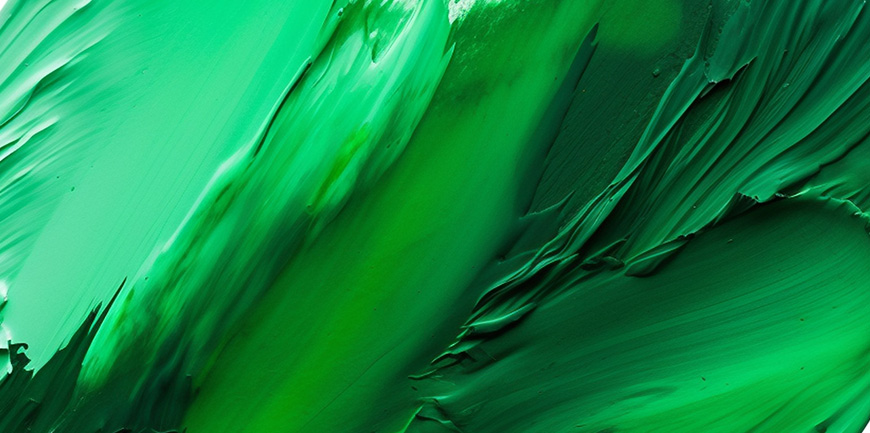
This may seem self-evident, but many beginners try to avoid this learning curve. Often tube colours are used without adjusting them very much. This can lead to unfortunate colour choices in your paintings.
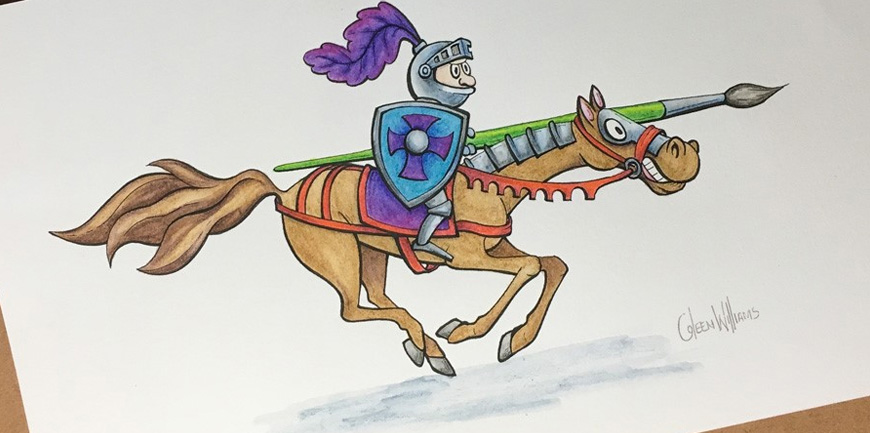
As some of you may know from a previous post of mine, I have only quite recently (over the past year) rekindled my love for creating art after a gap of about twenty years. Not twenty planned years of taking a break from art, but just twenty years where life happened… and art didn’t.
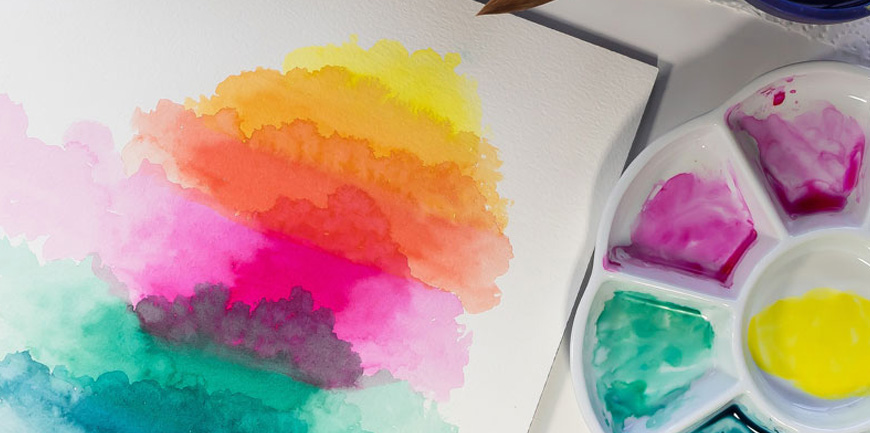
I’m certainly no watercolour wizard and it actually excites me that I have copious amounts still to learn. Watercolour is such a unique medium that really breathes a life of its own, as one soon discovers as paint meets water meets paper. It can be quite unpredictable and you are bound to get a whole load of surprises, especially when you’re just starting out. Now I’m sure we all feel the same – that nice surprises can be fun – but sadly with watercolour, my experience has been that more often than not those surprises can be pretty nasty ones. As a graphic designer, one of my favourite and most used keyboard options is ‘command Z’ used to undo my last action (or stuff up), and I can’t tell you the number of times I’ve wished I had one of those for watercolour!!
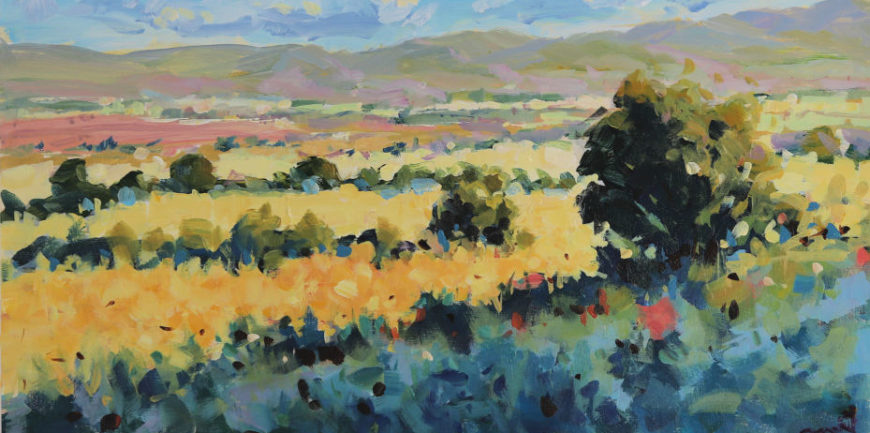
As an artist using acrylics, you know how versatile the medium is. The quick drying nature of acrylics. The ability to paint on many surfaces. No cracking. Vibrant colour. But acrylics have their little quirks too.
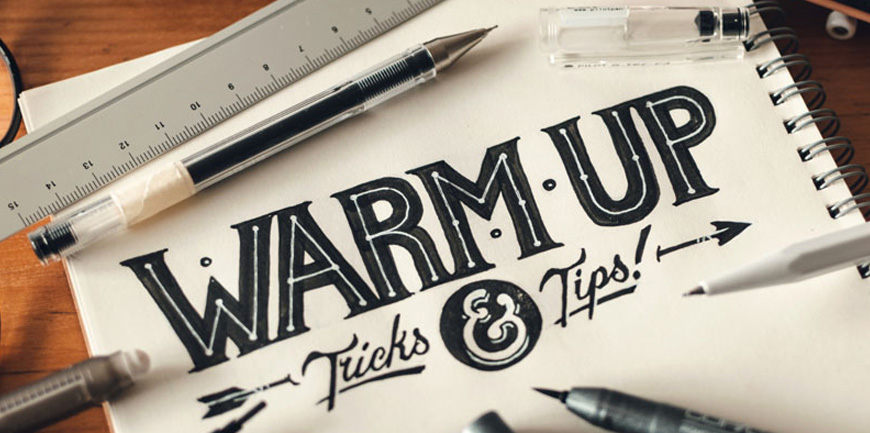
Not unlike in fitness, warming up before you tackle a piece of art it can be greatly beneficial to help stretch your creative muscles and warm-up first. Those creative muscles can be both physical and mental, so here are a few quick and painless ways of getting in the groove.